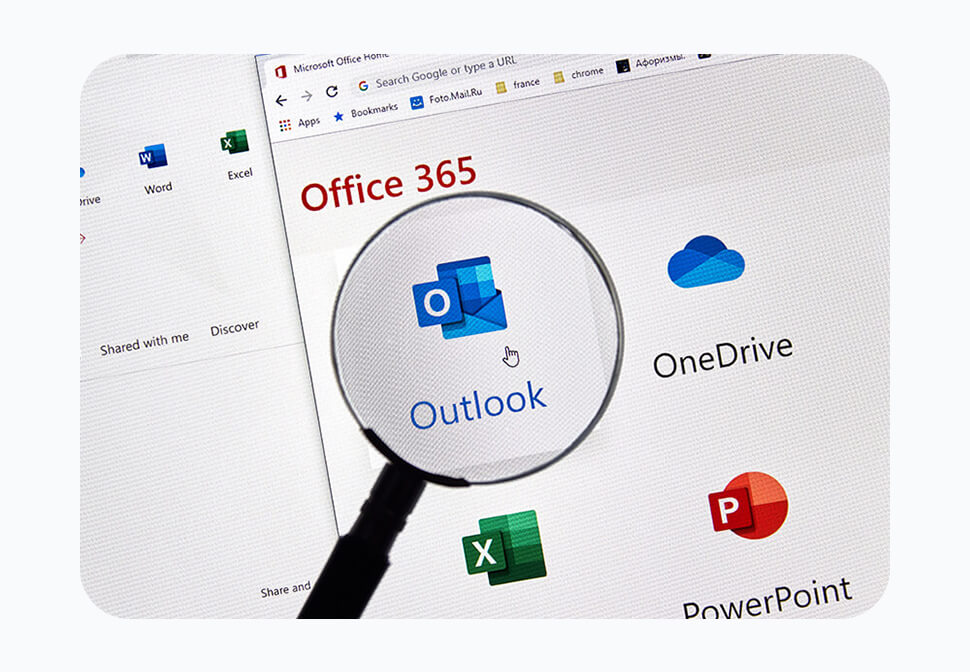Technology plays a crucial role in boosting efficiency, productivity, and competitiveness. For small businesses, updating workforce technology presents both an opportunity and a challenge.
Adopting modern technology can empower small businesses, enabling them to thrive in the digital era. However, many lag behind in modernisation; for instance, over 30% of small businesses haven’t upgraded their systems in over four years.
Several reasons hinder SMBs from tech upgrades, such as limited funding, uncertainty about the modernisation process, and a reluctance to move away from the “old way is fine” mindset.
The advantages of upgrading technology are substantial. Studies reveal that 45% of businesses witnessing tech modernisation experience improved ROI for IT investments. Other crucial benefits include enhanced employee retention, reduced cybersecurity risks, improved productivity, and time-saving advantages.
Is your small business eyeing technology modernisation for its workforce? Here are some steps to kickstart the process.
Evaluate Your Current Technology Landscape
Initiating any technology modernisation effort begins with a comprehensive assessment. It’s essential to fully comprehend your existing technological infrastructure, identifying strengths, weaknesses, outdated systems, and areas where technology could improve business processes. This understanding forms the foundation for developing a targeted and effective modernisation strategy.
Align Technology Goals with Business Objectives
Technology should not operate in isolation but should serve as a strategic enabler aligned with your business goals. Clearly define how technology can support and enhance your business objectives, whether by improving customer engagement, streamlining internal processes, or expanding market reach. Ensure that your technology modernisation aligns with your overarching business vision.
Focus on Cloud Adoption
The cloud has revolutionised businesses of all sizes. Embracing cloud technologies offers small businesses benefits such as scalability, flexibility, and cost-effectiveness. Consider migrating key applications and data to cloud platforms to enhance accessibility, collaboration, and data security. Cloud solutions also simplify software updates and maintenance, freeing up resources for other strategic initiatives.
Invest in Collaborative Tools
Effective communication and collaboration are crucial for small businesses. Invest in collaborative tools and platforms that facilitate seamless interaction among team members, regardless of their physical location. Examples include video conferencing, project management, and document sharing tools, all of which enhance teamwork and productivity, fostering a cohesive work environment even in remote or hybrid setups.
Review Cybersecurity Measures
With the increasing prevalence of cyber threats, cybersecurity should be a top priority for small businesses undergoing technology modernisation. Implement robust cybersecurity measures to protect sensitive data, customer information, and critical business assets. This includes firewalls, antivirus software, regular security updates, employee training, and threat identification and response.
Embrace Mobile-Friendly Solutions
In a world where mobility is crucial, adopting mobile-friendly solutions is essential. Optimise business applications and platforms for mobile use to allow employees to work efficiently from various devices, enhancing flexibility and accommodating evolving workforce expectations.
Explore Remote Work Options
The global shift towards remote work has accelerated, and small businesses should prepare to embrace flexible work arrangements. Modernise your technology infrastructure to support remote work options, providing employees with the tools and connectivity they need to maintain productivity outside the traditional office environment.
Consider Automation for Efficiency
Automation can significantly enhance operational efficiency for small businesses. Identify repetitive, time-consuming tasks that can be automated to streamline workflows. Explore options such as customer service chatbots and automated invoicing systems to free up valuable human resources and reduce the risk of errors in routine tasks.
Provide Ongoing Training and Support
Introducing new technologies requires a commitment to ongoing training and support for your workforce. Ensure employees have the necessary skills to leverage the new tools effectively by offering training sessions, creating user-friendly guides, and establishing a support system to address any issues during the transition.
Stay Updated on Evolving Technologies
Technology is a dynamic field, and staying ahead requires a commitment to monitoring and adapting to emerging trends. Regularly assess the technology landscape, collaborating with your IT provider to identify new solutions that could benefit your business. A proactive approach to staying current ensures your small business remains competitive.
Need Assistance Upgrading Your Workforce Technology?
Workforce technology modernisation is not a one-size-fits-all endeavour but rather a strategic journey that demands careful planning and alignment with business objectives. By embracing these practical strategies, small businesses can leverage technology to enhance their operational capabilities and position themselves for sustained success in the digital age. If you need help with workforce technology modernisation, give us a call today to schedule a chat.






